AARP Hearing Center


It starts with a sniffle, then it moves to a cough. Maybe you get a sore throat or achy muscles, even a fever. Is it just a cold? Or something else?
It’s been nearly five years since COVID-19 burst onto the scene, adding yet another virus-causing illness that could be to blame for why you’re feeling crummy. After all, the common cold, the flu, RSV (respiratory syncytial virus) and COVID-19 all share a similar list of symptoms.
As we face the cold-weather season, when people head inside and respiratory viruses come out in full force, experts share some tips on how to distinguish among the different diseases and how to recover from each of them. Plus, they have some advice on what you can do to help avoid getting sick in the first place.
COVID-19 has a few distinguishing symptoms
The truth of the matter is that several symptoms for a cold, the flu, RSV and COVID-19 overlap. Chief among them are sore throat, runny nose, cough and headache.
Find COVID-19 Vaccines in Your State
AARP's 53 state and territory COVID-19 vaccine guides can help you find vaccines near you and provide the latest answers to common questions about costs, eligibility and availability.
There are some more specific symptoms, though, that could signal your sickness is caused by COVID-19. Loss of taste or smell, for example, is a common warning sign of a coronavirus infection.
“Especially if you don’t really have a runny or stuffy nose and you have this symptom, that probably is something that’s more specific for COVID,” says Albert Shaw, M.D., an infectious disease expert and professor of medicine at Yale School of Medicine. “And it’s one we would see less so in someone with a common cold or someone with influenza.”
Another symptom that’s more typical with COVID-19 than with the others is diarrhea, Shaw says. It may not be as prevalent as some of the other COVID symptoms, but people still get it with a coronavirus infection. Diarrhea is not a common sign of the flu in adults (it is in kids, though), nor does it usually accompany a cold or RSV.
“That said, there are other viral and bacterial illnesses that can give you diarrhea, so that alone doesn’t mean it can only be COVID. But if you’re trying to differentiate, I would say that those elements, if they’re present, might be of help,” Shaw says.





























































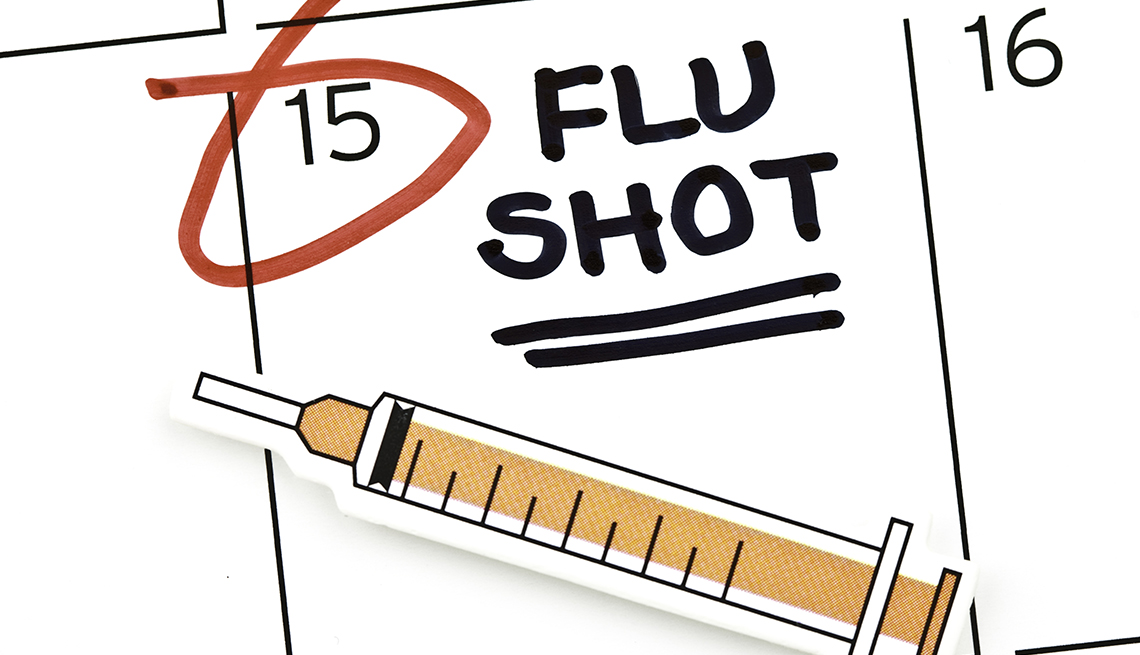

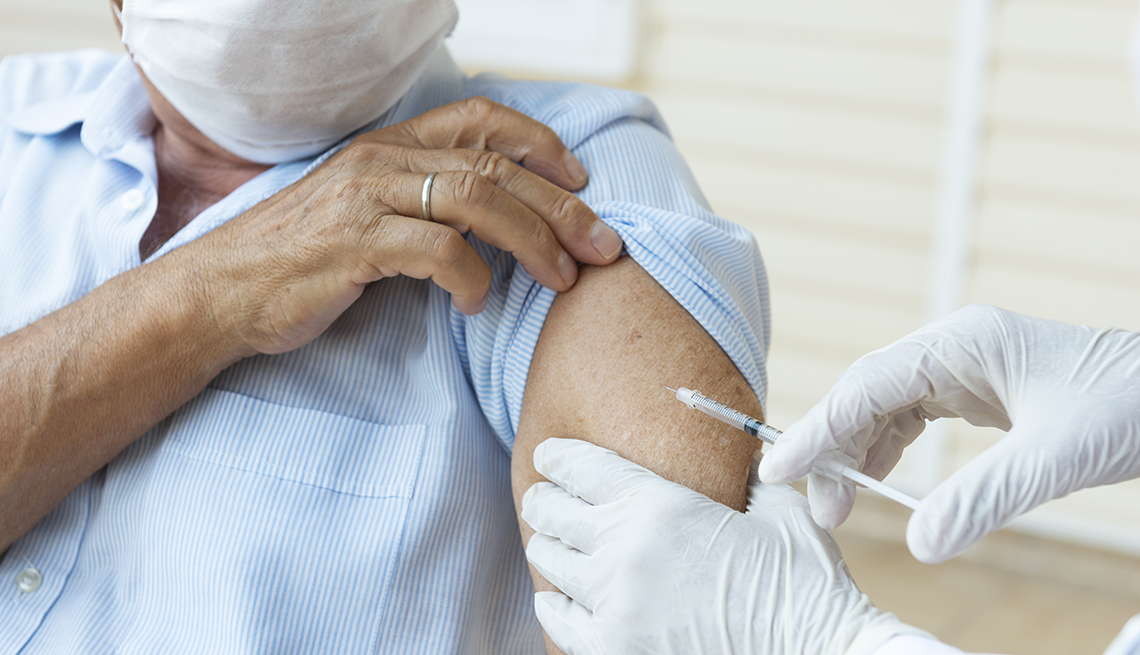


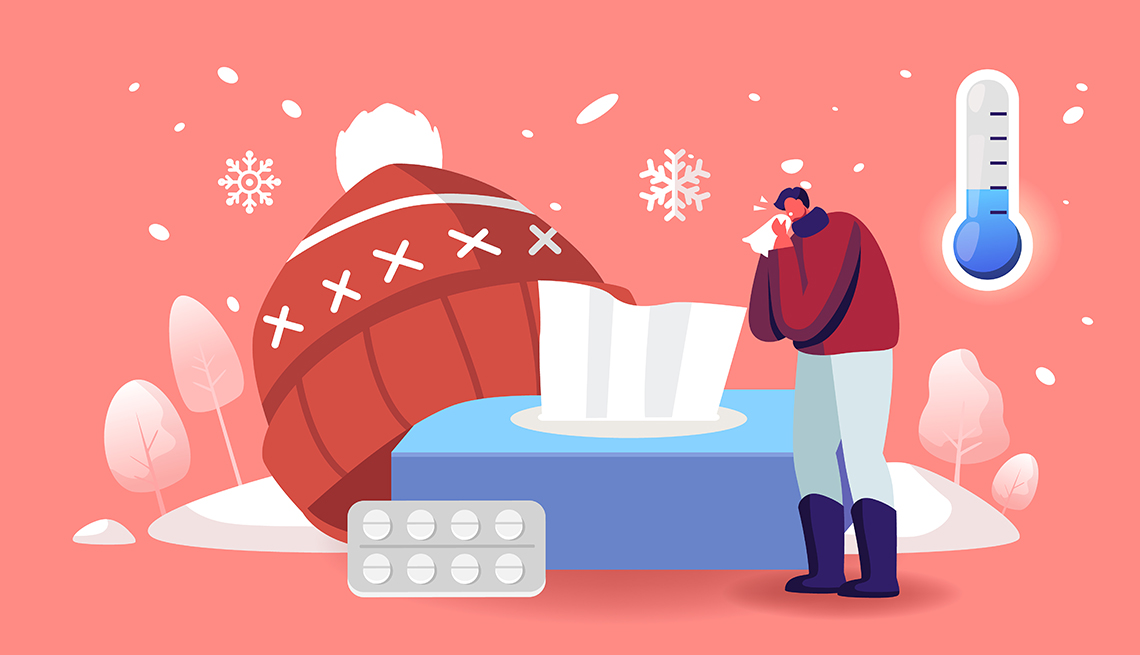

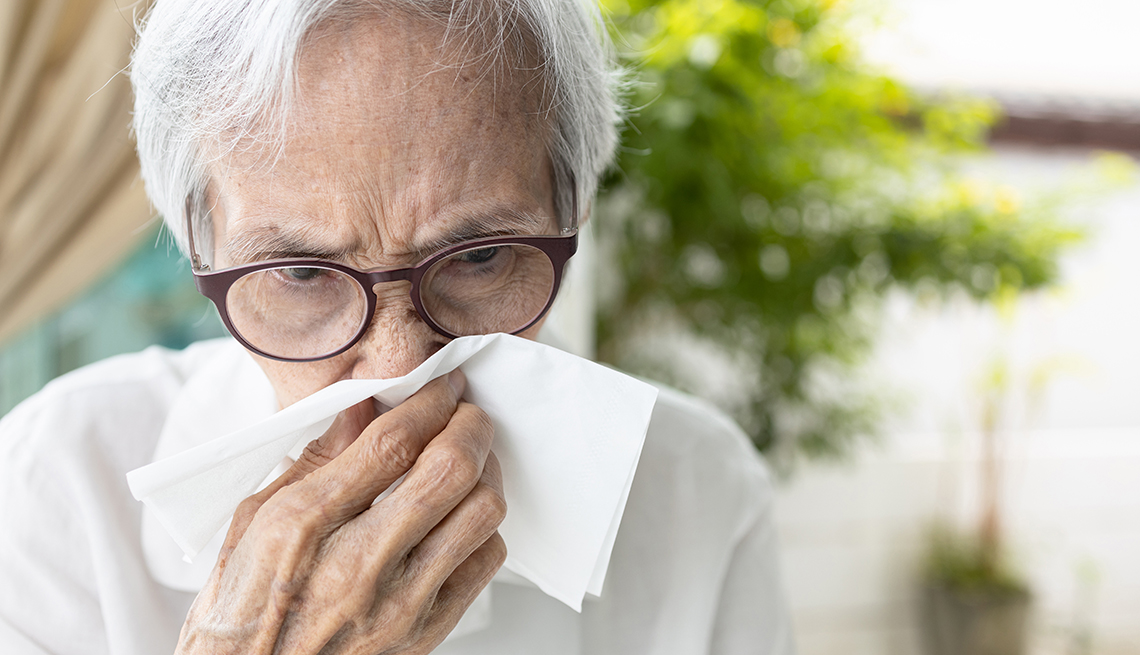

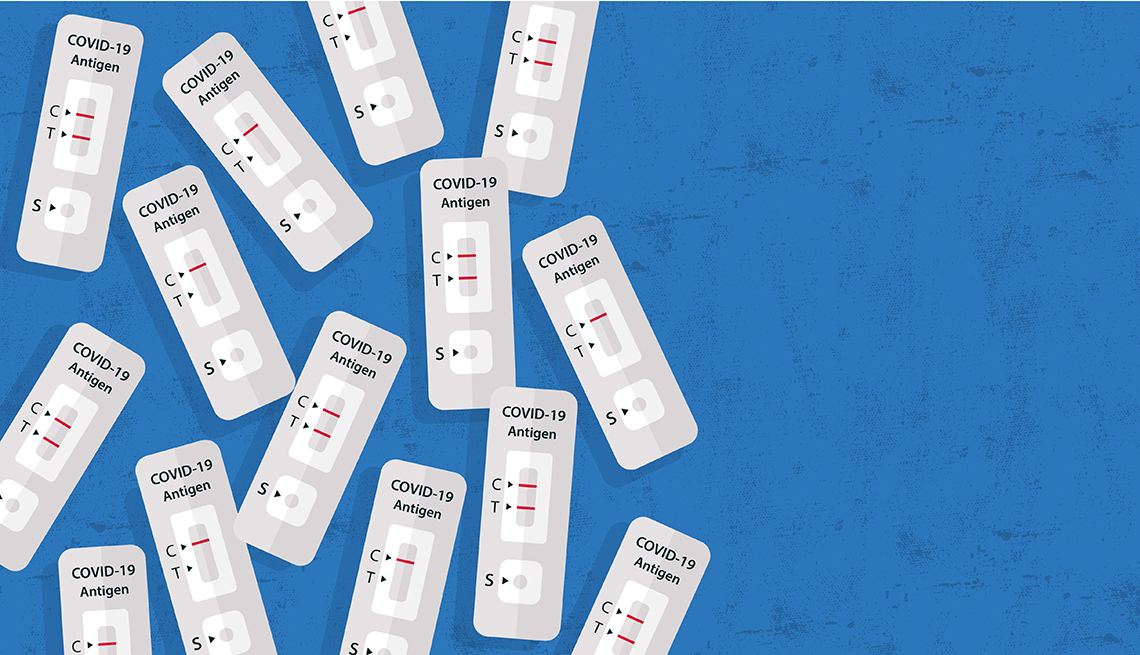




More on Health
What to Know About The COVID BA.2.86 Variant
The new strain has health experts concernedHow Bad Will Flu Season Be This Year?
Older adults urged to get influenza vaccines in early autumn
This Is What a Breakthrough COVID Infection Feels Like
Despite being vaccinated, they got COVID-19. Here's what their symptoms were like